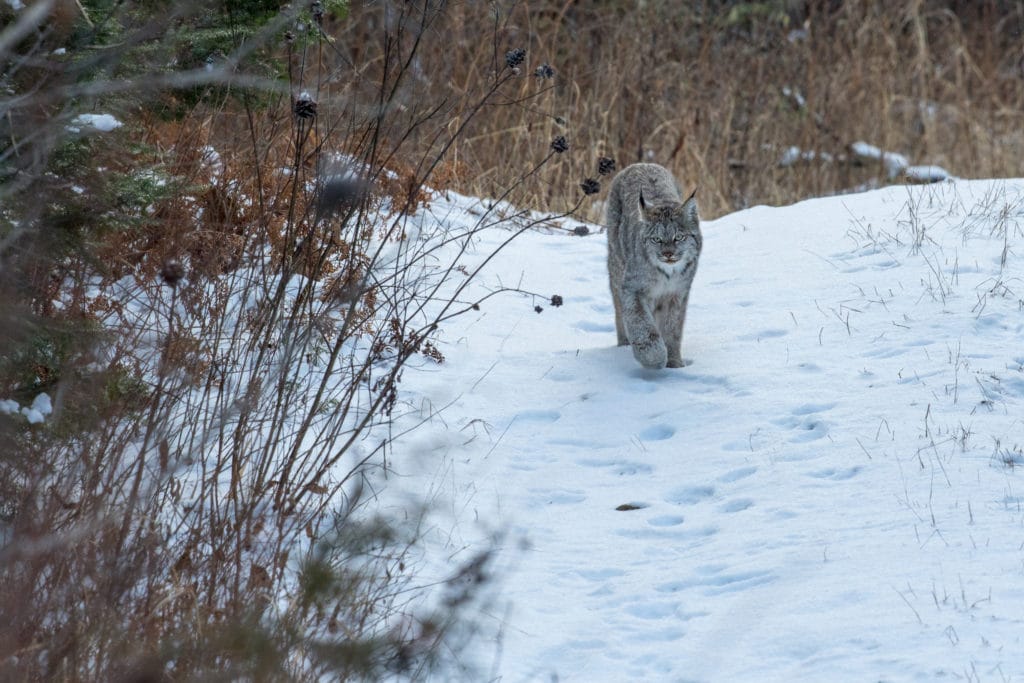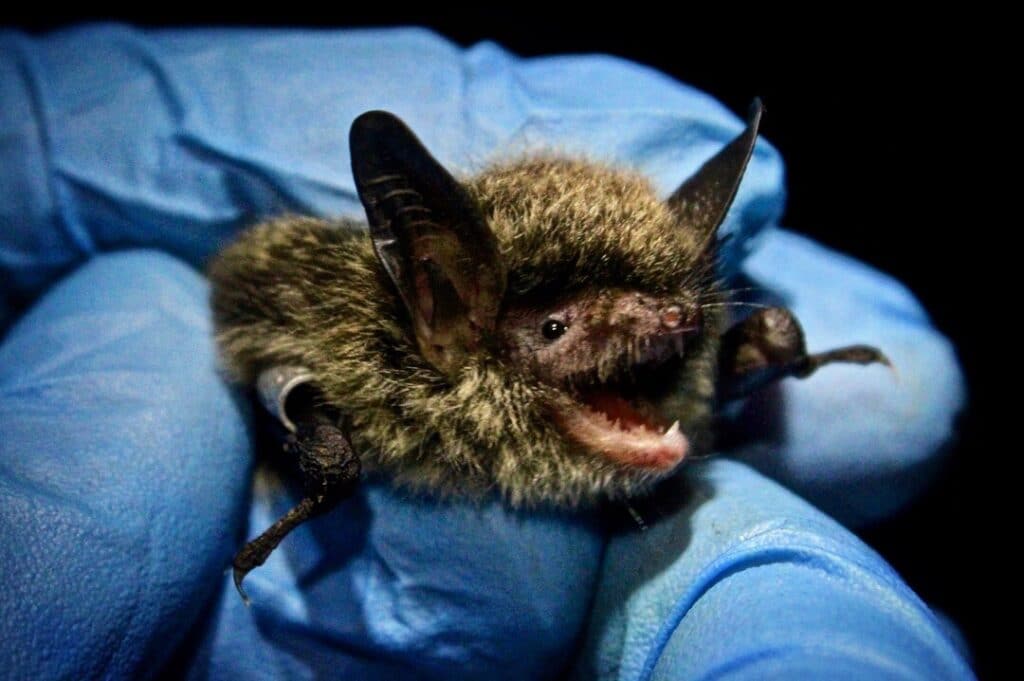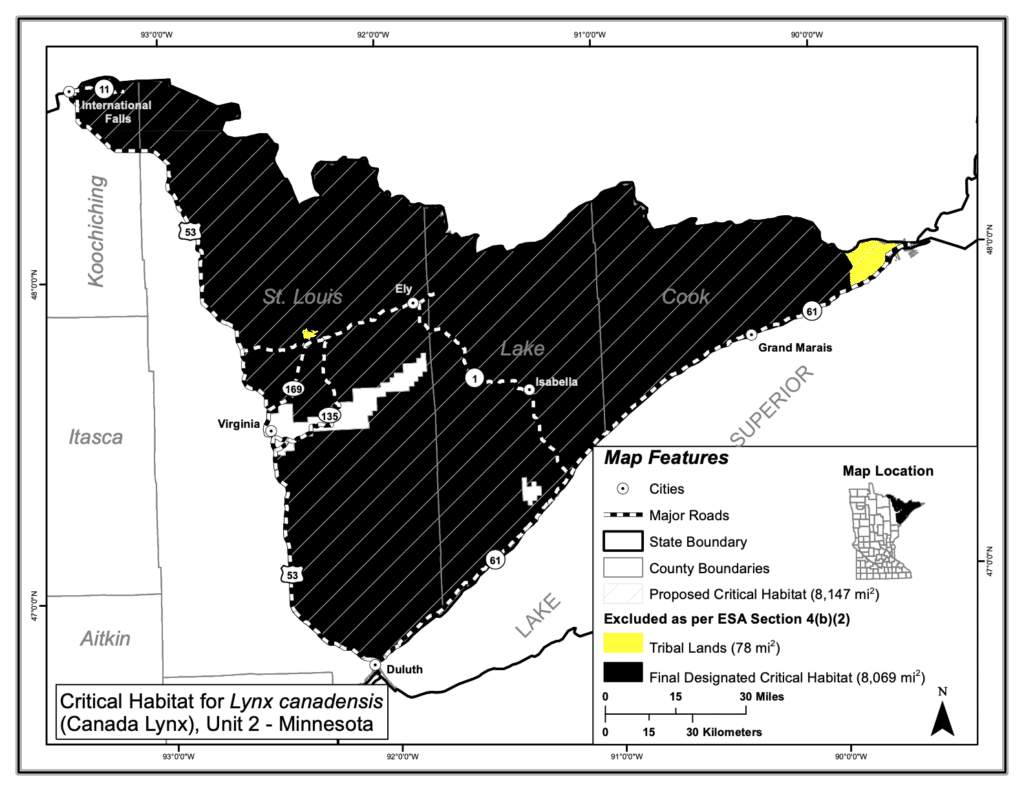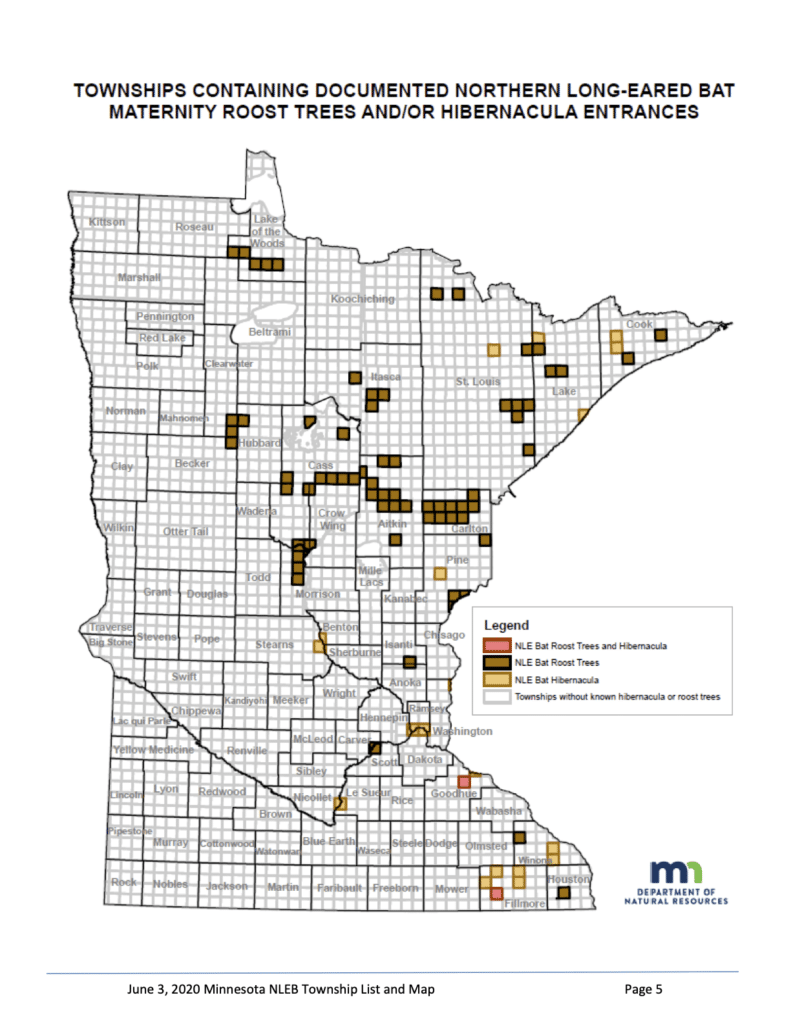
The Bureau of Land Management (BLM) recently changed course and announced it will expand the environmental review of copper prospecting in the Superior National Forest. The federal agency that manages the nation’s minerals said it will examine how drilling and other activities could affect two imperiled mammals: Canada lynx and Northern Long-Eared Bats.
The move came after a lawsuit by environmental groups over permits issued to Twin Metals, the company proposing a copper-nickel mine near the Boundary Waters Canoe Area Wilderness. They said earlier environmental review should have considered the impact on these federally-protected species.
“The BLM failed to follow the law,” said Tom Landwehr, director of the Campaign to Save the Boundary Waters. “It was required to consider environmental impacts and endangered species impacts of risky copper mining in the headwaters of the Wilderness before extending Twin Metals prospecting permits, some of which are on lands that border the Boundary Waters. Instead, the BLM did nothing except rush to grant mining approvals.
The prospecting permits in question cover about 15,000 acres of land southeast of Ely. It’s in an area designated as “critical habitat” for multiple species, including lynx and gray wolves. Because the U.S. Fish and Wildlife Service recently announced it would remove wolves from the list, they will not be considered in the new review.
“Recognizing the legal risk and uncertainty that these claims present,” the Bureau of Land Management informed the court on Nov. 30 it was agreeing to do the endangered species review.
Canada lynx designated critical habitat in Minnesota Important habitat for Northern Long-Eared Bats in Minnesota.
The BLM says it has already begun discussions with the U.S. Forest Service and U.S. Fish and Wildlife Service about working on the endangered species analysis.
“The consultation process, if required, will evaluate the potential effects of extending thirteen prospecting permits on species listed as threatened or endangered under the ESA , and any designated critical habitat, within the action area,” wrote acting district BLM administrator Francis Piccoli.
Saving species
Canada lynx were added to the Endangered Species List in 2000. Minnesota is the only non-mountainous state where the felines were believed to have strong breeding populations historically, with other populations primarily in Maine, Montana, Washington, and Wyoming.
The importance of lynx habitat in northeastern Minnesota has only begun to better understood by scientists in recent years. DNA analysis of lynx scat in the Superior National Forest indicated in 2016 that there could be as many as two dozen breeding mothers in the area, with 90 kittens and 13 fathers.
Lynx are adapted primarily to hunt snowshoe hare in deep snow and deep forests. The populations of the predator and its preferred prey are closely connected, and lynx depend on adequate hare habitat to survive.
One particular impact mineral exploration could have on lynx is road creation. Snowshoe hares can usually outrun a lynx if they get to a cleared road or snowmobile trail, while lynx are able to outmaneuver hares in soft snow and dense woods.

Northern Long-Eared Bats are native to much of North America, living in its forested areas. But their population has been decimated in the past decade by white-nosed syndrome, the fungal infection that is wiping out large numbers of bats.
With 99 percent of the species gone in the eastern United States, Minnesota remains an important refuge for Northern Long-Eared Bats. By 2016, white-nose syndrome was seen in populations in Minnesota, resulting in massive losses. The species was added to the Endangered Species List in 2015.
With no cure or prevention method yet known for white-nosed syndrome, protecting reproduction among surviving bats is important. Federal rules prohibit removing any trees within 150 feet of a “maternity roost tree” during the season when bats are raising their pups (June 1 to July 31), or within a quarter-mile of a hibernation site, all year long.
Probing the possibilities
All of the exploration sites covered by the contested permits are outside the area where Twin Metals is currently proposing its underground mine. That has caused wilderness advocates to worry that the company is planning a bigger project than it’s letting on.
Twin Metals says it is simply exploring, with no other plans currently in the works.
“The prospecting permits are issued for exploratory purposes only and are not a part of Twin Metals’ mine plan currently undergoing separate environmental review,” Twin Metals spokesperson Kathy Graul told the Duluth News Tribune.
Many of the lease areas that Twin Metals wants to explore extend northeast from its proposed mine site, bringing activities right to the edge of the Boundary Waters near Gabbro Lake.
Save the Boundary Waters was joined by the Wilderness Society and the Center for Biological Diversity in the suit. The Center for Biological Diversity provided pro bono legal representation.
Twin Metals has been directed to halt “any surface-disturbing activities” in the exploration zone until given permission by the BLM. Environmental groups are asking that the agency hold off on any permit until it has conducted the endangered species review.
More information:
- Feds switch course, offer to study effect of Twin Metals prospecting leases on endangered species – Duluth News Tribune
- Canada lynx – U.S. Fish and Wildlife Service
- Northern Long-Eared Bat (Myotis septentrionalis) – U.S. Fish and Wildlife Service



